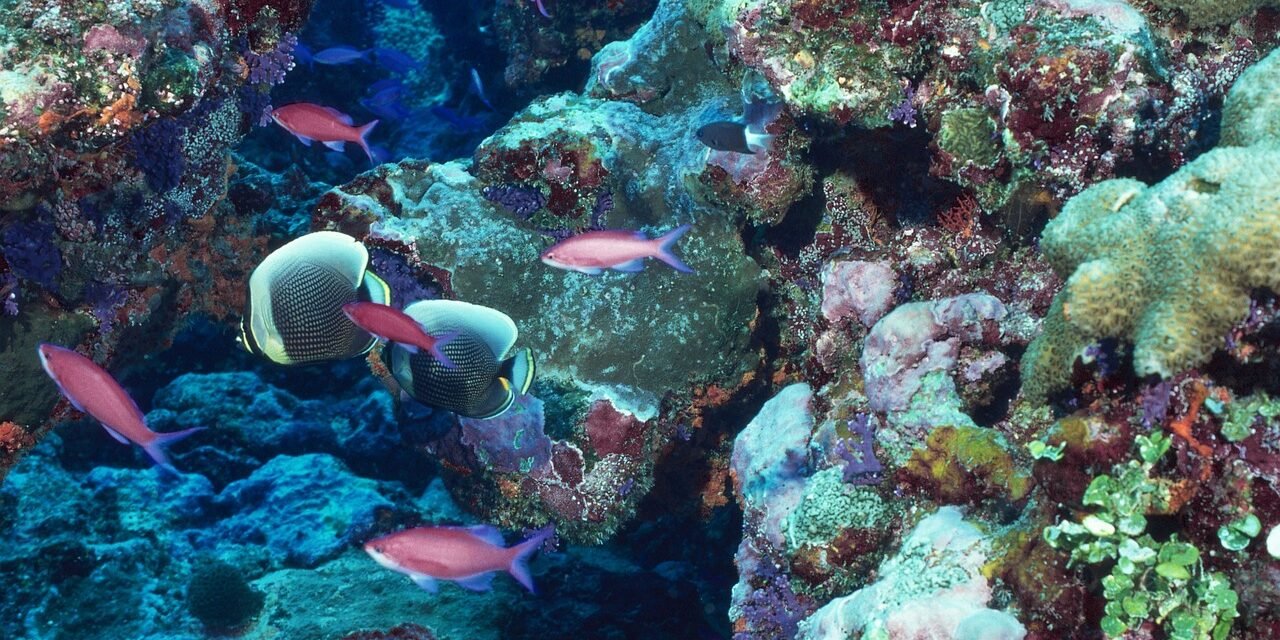Jamaica is famous for its beaches and music, but beneath the surface lies another world just as vibrant — its coral reefs. These underwater ecosystems are rich in color, life, and mystery. For travelers, scientists, and nature lovers alike, Jamaica’s coral reefs offer a rare glimpse into a delicate and essential part of the ocean’s ecosystem.
A Living Barrier
Jamaica’s coral reefs act as natural barriers, protecting the island from powerful waves and storm surges. They are made up of tiny coral polyps, living creatures that build intricate calcium carbonate structures over time. These structures become homes for thousands of marine species, from vivid parrotfish and angelfish to graceful sea turtles and hidden octopuses.
The most well-known reefs are located along the north coast, near areas like Montego Bay Marine Park and Negril. In these waters, snorkelers and divers can experience firsthand the colorful bursts of coral gardens, swaying sea fans, and bustling fish colonies.
The Importance of Coral Reefs
Beyond their beauty, coral reefs are vital to the environment and the economy. They support fisheries that feed local communities and attract tourists who fuel Jamaica’s tourism sector. Reefs also store carbon and help regulate the ocean’s health.
However, these systems are fragile. Pollution, overfishing, coastal development, and climate change have all taken their toll. Coral bleaching — when corals lose their vibrant colors and die — is becoming more common, especially as ocean temperatures rise.
Conservation Efforts
Recognizing the importance of coral reefs, Jamaica has stepped up its conservation efforts. Organizations and local communities have partnered to establish marine protected areas, coral nurseries, and sustainable tourism practices.
Projects like the Coral Restoration Foundation Jamaica focus on regrowing damaged reefs by cultivating young corals in nurseries and transplanting them onto degraded areas. These initiatives not only rebuild ecosystems but also educate the public about the importance of reef conservation.
Eco-tourism is playing a growing role too. Some diving and snorkeling tours now include reef education and encourage guests to support “reef-safe” practices, like using mineral-based sunscreens and avoiding physical contact with marine life.
Exploring the Reefs
For visitors, exploring Jamaica’s coral reefs is a bucket-list experience. Snorkeling trips from places like Runaway Bay or Ocho Rios offer access to shallow reefs teeming with life. For the more adventurous, scuba diving opens up deeper reefs, underwater caves, and shipwrecks.
Some popular dive sites include the Throne Room in Negril, known for its cathedral-like underwater formations, and the Montego Bay Wall, where coral-draped cliffs drop into the deep blue.
Even for those who prefer to stay dry, glass-bottom boat tours offer a window into the underwater world, making it accessible to everyone.
A Treasure Worth Protecting
Jamaica’s coral reefs are more than tourist attractions; they are essential parts of the island’s natural heritage and global biodiversity. As the threats to reefs grow, so does the need to protect them. Every snorkeler, diver, and traveler has a role to play in ensuring these underwater wonders continue to thrive for generations to come.









